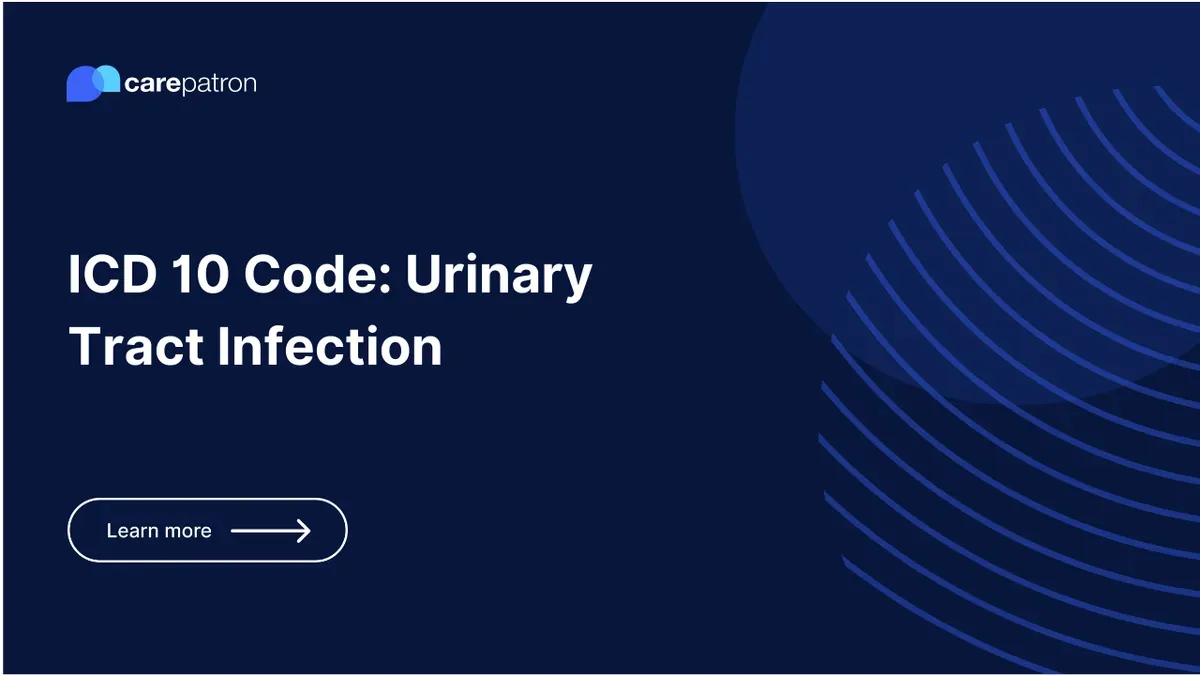
Urinary Tract Infection ICD-10-CM Codes
Read this short guide and learn about Paresthesia-related ICD-10 codes that you can use!
Use Code
Commonly asked questions
Yes. All of the ones that we mentioned earlier are billable ICD-10 codes.
Healthcare professionals and providers will conduct the likes urinalyses, CT scans, or cystoscopies to determine if a patient has a urinary tract infection.
Antibiotics. Examples include: Doxycycline, Fosfomycin, and Amoxicillin
EHR and practice management software
Get started for free
*No credit card required
Free
$0/usd
Unlimited clients
Telehealth
1GB of storage
Client portal text
Automated billing and online payments
